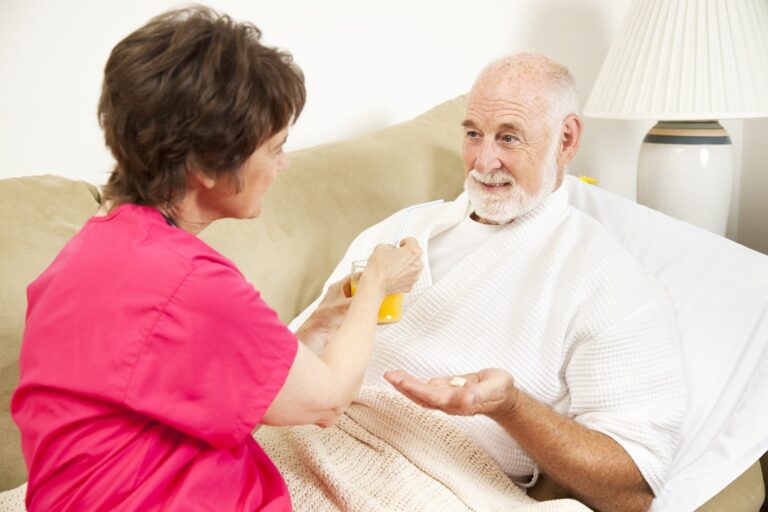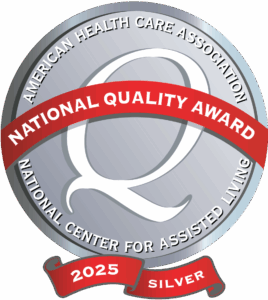As a caregiver, you want your aging loved one to live life to the fullest, staying healthy, happy, and enjoying every day. This is why it’s so vital that you’re aware of some of the most common infections in the elderly so you can watch for the symptoms and warning signs of these conditions.
According to the American Academy of Family Physicians (AAFP), infectious diseases account for up to one third of all deaths in those aged 65 or older. One of the difficulties about infections in the elderly is that many of the signs and symptoms are different or may not be as pronounced as they would be in a younger person, and they are also more difficult to diagnose; seniors often won’t complain about actually feeling ill, and any complaints they do have can tend to be more non-specific in nature.
Add in the fact that seniors living in a community setting can be even more susceptible to some infections, and you can see why learning about these infections is so important.
6 Common Infections in the Elderly
These are the 6 most common infections in the elderly that all caregivers should be aware of:
- Elderly Influenza. Elderly influenza, commonly known simply as the flu, can be widespread in senior living and assisted living communities since it is spread through coughing, sneezing and touch. The elderly often have weakened immune systems, which makes them more susceptible and increases their risk of complications from it.
- Respiratory infections. The same weakened immune systems that result in the flu can easily lead to respiratory infections in seniors. While these types of illnesses aren’t a major worry to the general population, in the elderly they can lead to more serious infections like the flu or pneumonia.
- Pneumonia. Pneumonia in the elderly is also very common; in fact, the AAFP states that more than 60% of seniors over the age of 65 get admitted to the hospital due to pneumonia. Like the flu, a community setting increases seniors’ exposure to pneumonia, and they’re also more susceptible due to changes in lung capacity or from other conditions like diabetes or cardiopulmonary disease.
- Urinary tract infections. UTIs are reported to be the most common bacterial infection in the elderly. Seniors often don’t feel the usual pain or discomfort that comes along with this condition, so be on the lookout for changes in behavior, like confusion or issues with urinary incontinence.
- Skin infections. Due to the way our skin changes as we age, it’s common for seniors to contract skin infections like cellulites, bacterial or fungal foot infections, shingles, and pressure ulcers. Good hygiene can aid in warding off these types of infections and treatments are readily available, so be alert if your loved one appears to be in any discomfort.
- Gastrointestinal infections. Gastroenteritis is another common ailment among seniors, and it can be bacterial, viral or parasitic in nature. This means it can also be spread around an assisted living community fairly quickly. Changes in digestion and gastrointestinal flora come with age, too, and can put the elderly at an increased risk for infections like Helicobacter pylori and Clostridium difficile.
Knowing these common infections in the elderly can help you be more prepared as a caregiver to ensure your aging loved ones are staying as healthy as possible.
For more information about American Senior Communities, please visit www.ASCSeniorCare.com.




